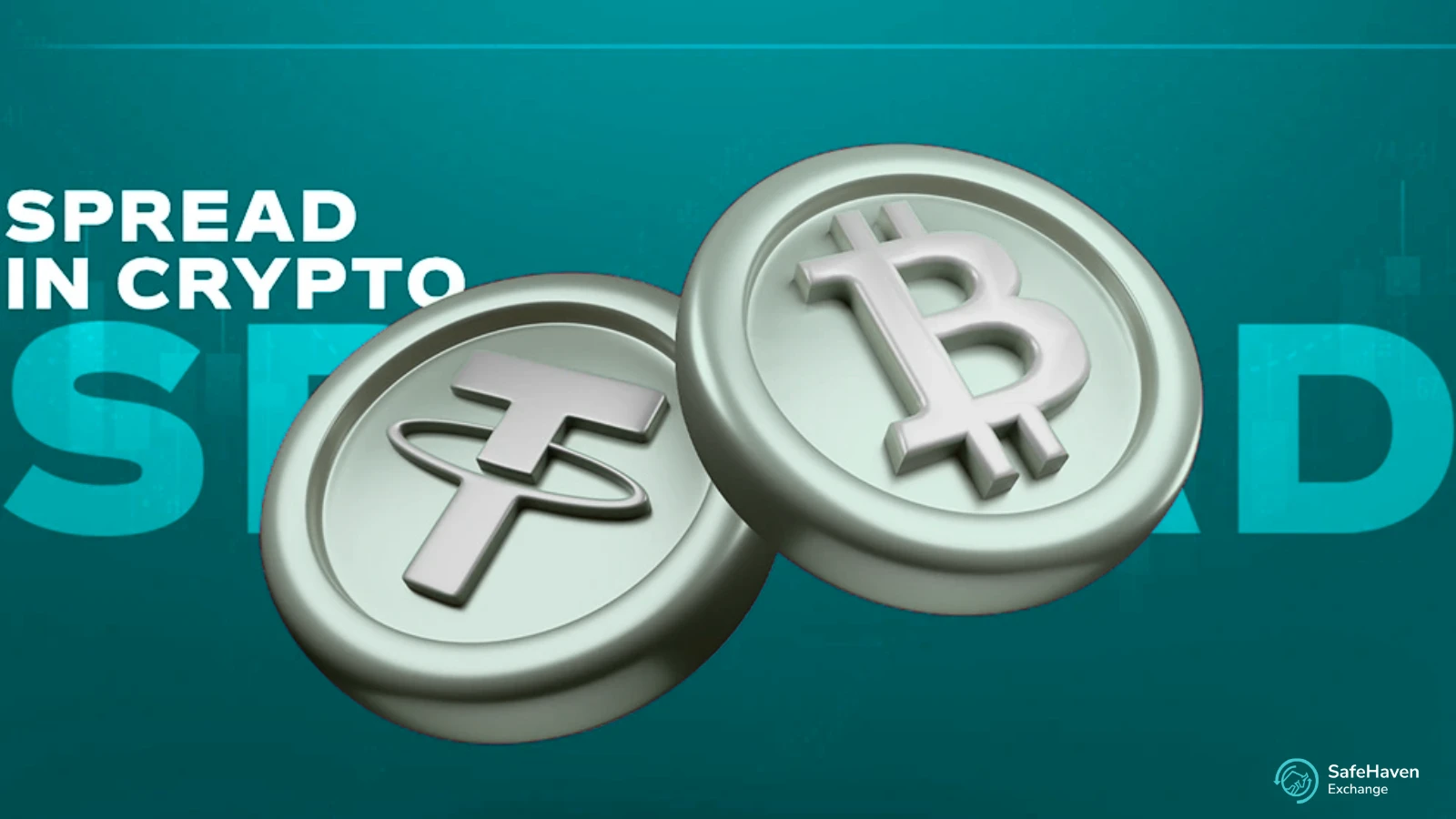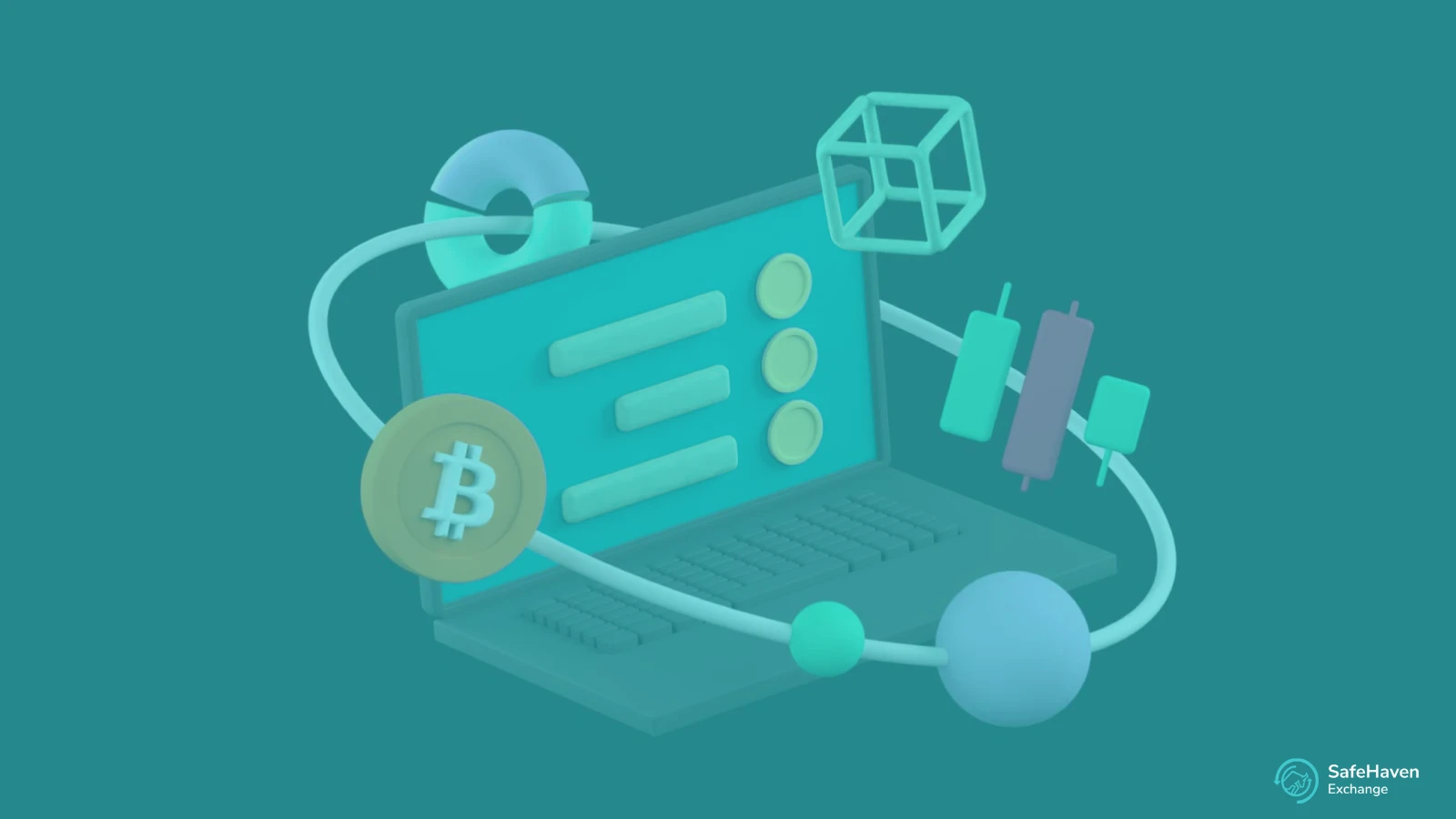The cryptocurrency world is known for its volatility. In bull markets, almost every project seems destined for success. But when bear markets strike, only the strongest survive. This brings us to a critical question: Can SEI Tokenomics survive a bear market?
As an investor, understanding tokenomics isn’t just about numbers—it’s about predicting how a crypto project behaves under pressure. Over the past 20 years in blockchain analysis, I’ve studied projects that thrived during downturns and those that collapsed. The difference often comes down to one thing: well-structured tokenomics.
SEI has gained significant attention for its unique approach to supply model, staking rewards, token distribution, and ecosystem design. In this blog, we’ll break down the mechanics of SEI, examine its strengths and risks, and provide you with a detailed SEI investor guide to help you make informed decisions.
If you’re evaluating a SEI crypto investment, this comprehensive breakdown will show you whether its tokenomics can withstand the storms of a bear market.
What Exactly Are SEI Tokenomics?
Before assessing resilience, let’s clarify what SEI Tokenomics actually means. Tokenomics—or token economics—covers everything that defines the economic behavior of a cryptocurrency. For SEI, this includes:
- SEI Supply Model – How tokens are created, distributed, and capped.
- SEI Token Distribution – Allocation among team, investors, community, and treasury.
- SEI Inflation Rate – Annual token release schedule and its effect on scarcity.
- SEI Staking Rewards – Incentives for holding and securing the network.
- Utility Function – How SEI serves as a utility token in the SEI blockchain ecosystem.
Strong tokenomics balance short-term growth with long-term value creation. Weak tokenomics, on the other hand, often collapse under market pressure.
Why SEI Tokenomics Matter to Investors
As an investor, you’re not just buying a token—you’re investing in an economic system. Tokenomics directly influences price stability, adoption, and overall trust. Here’s why SEI deserves attention:
- Controlled Inflation Rate – SEI uses a managed release schedule to avoid runaway inflation.
- Long-Term Value Creation – Through staking rewards and adoption, SEI incentivizes long-term holding.
- Healthy Token Distribution – A fairer allocation reduces risk of large holders dumping in bear cycles.
- Real-World Utility – Its role as a utility token within the ecosystem ensures organic demand.
- Market Adoption Potential – Projects that build strong ecosystems tend to outlast hype-driven tokens.
In other words, SEI crypto investment isn’t just speculative—it’s designed to create sustainable value.
Can SEI Tokenomics Survive a Bear Market?
The million-dollar question: Will SEI’s tokenomics hold up when markets crash? To answer, we must look at four pillars of survival.
1. Supply & Demand Dynamics
SEI’s supply model is carefully constructed. Unlike inflation-heavy tokens, SEI maintains a balance between token release and demand. This reduces excessive selling pressure during downturns.
2. Staking Rewards
Through SEI staking rewards, investors are encouraged to lock tokens, reducing circulating supply. This mechanism not only stabilizes prices but also strengthens the SEI blockchain ecosystem.
3. Real Utility
Tokens that lack real-world use collapse when hype fades. SEI, however, functions as a utility token—powering governance, transaction fees, and dApp interactions—ensuring consistent demand.
4. Fair Distribution
SEI token distribution ensures that the ecosystem isn’t dominated by whales. This minimizes the chance of sudden market dumps during panic selling.
Taken together, these factors give SEI a stronger foundation than many speculative coins that vanish in downturns.
SEI Token Distribution: Fair or Risky?
Token distribution plays a major role in a project’s long-term survival. If too many tokens are concentrated among early investors or insiders, retail participants lose confidence.
SEI’s allocation strategy spreads tokens across:
- Core team & developers
- Early investors
- Community rewards
- Staking pools
- Treasury reserves
This balance supports decentralization while ensuring the team has resources to fund long-term growth. Importantly, controlled vesting schedules prevent mass dumping—a common issue during bear cycles.
For investors, this SEI investor guide insight is crucial: Fair token distribution builds trust, which is the most valuable currency in crypto.
The Role of SEI Blockchain Ecosystem in Market Adoption
Tokenomics don’t exist in isolation. They are deeply connected to ecosystem growth. The SEI blockchain ecosystem is designed for high performance and real-world adoption.
Key features include:
- High Throughput: Capable of supporting decentralized applications at scale.
- Low Fees: Encouraging adoption by both developers and users.
- Interoperability: Connections with other blockchain networks drive cross-chain growth.
The broader and more active the ecosystem, the stronger the demand for SEI as a utility token. This adoption is critical for surviving bearish conditions.
How SEI Staking Rewards Work (Investor Guide)
Staking is one of the strongest pillars of SEI’s survival strategy. By locking tokens, investors earn SEI staking rewards, which:
- Incentivize long-term holding.
- Secure the network.
- Reduce liquid supply in circulation.
For example, an investor holding SEI during a downturn may still earn passive income, offsetting losses from price declines. This creates a stabilizing effect, rewarding patience and discouraging panic selling.
For new investors, this is an attractive feature of SEI crypto investment—one that enhances both short-term participation and long-term value.
SEI Supply Model vs. Competitors
To judge SEI’s resilience, we must compare its supply model with other leading projects:
- Bitcoin: Fixed supply (21M). Scarcity drives long-term value.
- Ethereum: Dynamic supply with burn mechanism. Scarcity increases with usage.
- Solana/Avalanche: Inflationary supply, but offset by ecosystem growth.
- SEI: Balanced supply, with controlled inflation and staking lockups.
This combination places SEI somewhere between Bitcoin’s scarcity and Solana’s growth-driven inflation—potentially offering both sustainability and adoption incentives.
Understanding SEI Inflation Rate and Its Impact
The SEI inflation rate determines how many new tokens enter circulation yearly. High inflation can destroy value, while low inflation can restrict adoption.
SEI adopts a moderate inflation rate, striking a balance. This ensures:
- Early adopters are rewarded.
- Long-term holders retain value.
- Ecosystem participants stay engaged.
Compared to inflationary tokens that collapse in downturns, SEI’s approach is built for longevity.
Can SEI Achieve Widespread Market Adoption?
Surviving a bear market isn’t just about numbers—it’s about community and adoption. Projects with strong ecosystems often thrive when others fail.
Factors driving SEI market adoption:
- Developer-friendly environment.
- Growing partnerships in DeFi and Web3.
- Low transaction fees attracting retail users.
- Interoperability boosting cross-chain demand.
If SEI can expand its ecosystem, it can withstand bearish cycles and emerge stronger.
SEI Utility Token Use Cases
The success of SEI ultimately depends on its role as a utility token. Current and potential use cases include:
- Paying network fees.
- Participating in governance votes.
- Staking for rewards.
- Powering decentralized apps in finance, gaming, and NFT ecosystems.
These utilities drive organic demand, ensuring SEI isn’t just a speculative asset but an essential part of the blockchain’s functioning.
Risks and Challenges of SEI Tokenomics
No tokenomics model is risk-free. Investors should be aware of potential challenges:
- Market volatility may still drive speculative sell-offs.
- Competition from established blockchains like Ethereum and Solana.
- Regulatory risks in global markets.
- Dependence on continued developer adoption.
Being aware of these risks allows investors to create smarter strategies around SEI crypto investment.
Bear Market Survival Stories: Lessons for SEI
Looking back at previous downturns gives us valuable insights:
- Bitcoin (2013–2015): Survived due to scarcity.
- Ethereum (2018): Thrived because of strong developer ecosystem.
- Speculative Altcoins (2017 ICOs): Failed due to poor tokenomics.
SEI combines scarcity (via supply model) and ecosystem growth (via blockchain adoption), making it more aligned with Bitcoin and Ethereum’s success stories than failed altcoins.
Future Outlook: Will SEI Become a Blue-Chip Asset?
The long-term vision for SEI depends on three things:
- Expanding the SEI blockchain ecosystem.
- Maintaining controlled supply and inflation rate.
- Building investor confidence through fair token distribution and staking rewards.
If these align, SEI could evolve from a mid-tier project into a blue-chip blockchain asset.
Final Verdict: Should You Invest in SEI?
So, can SEI tokenomics survive a bear market? The evidence suggests yes. With its balanced supply model, rewarding staking system, fair token distribution, and expanding blockchain ecosystem, SEI is better positioned than many altcoins to withstand volatility.
For investors seeking projects with real utility, SEI offers both short-term opportunities and long-term value.
If you’re serious about finding the next big opportunity in crypto, don’t stop at SEI. Explore the best crypto presale projects today—where early participation often leads to the biggest gains. Projects with strong fundamentals, like SEI, are the ones that make it through bear markets and reward patient investors.
FAQs –
1. What are SEI Tokenomics?
SEI Tokenomics define the supply, distribution, inflation, and utility model of SEI, ensuring sustainable value creation.
2. Is SEI a good crypto investment?
SEI shows strong fundamentals—controlled supply, staking rewards, and utility-driven adoption—making it attractive for long-term investors.
3. How do SEI staking rewards work?
Investors lock tokens in the network and earn rewards, reducing circulating supply while providing passive income.
4. What is SEI’s inflation rate?
SEI maintains a moderate inflation rate, balancing adoption incentives with long-term value preservation.
5. Can SEI survive a bear market?
Yes. Its fair distribution, utility, and ecosystem growth make it more resilient than hype-driven tokens.
6. What role does SEI play in the blockchain ecosystem?
SEI acts as a utility token, powering governance, transactions, and decentralized applications.
Disclaimer: This article does not constitute financial advice. Cryptocurrency investments carry substantial risks. Please perform your own due diligence or seek guidance from a qualified financial professional before making any investment choices.








